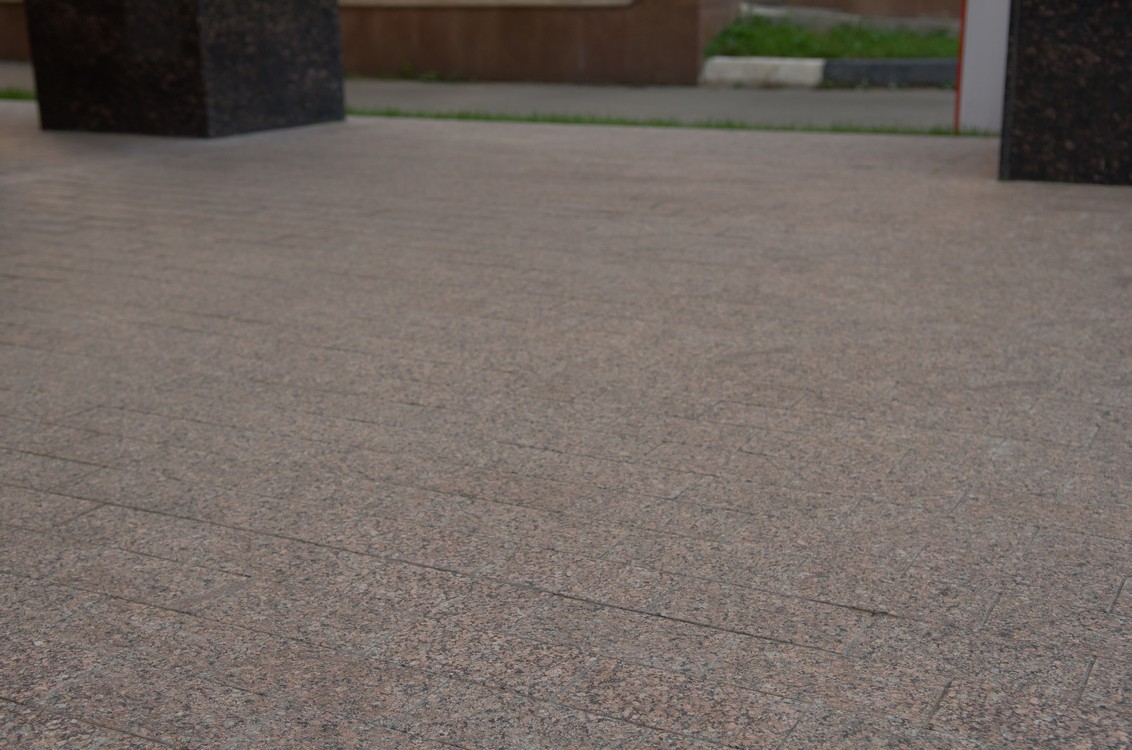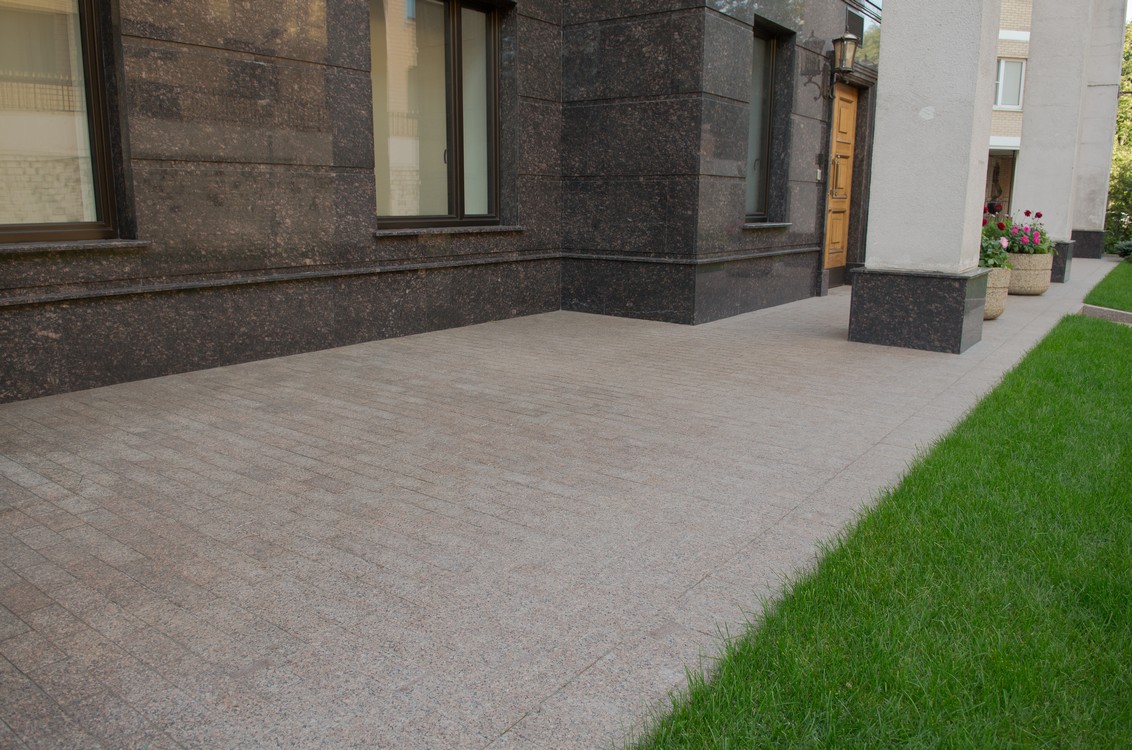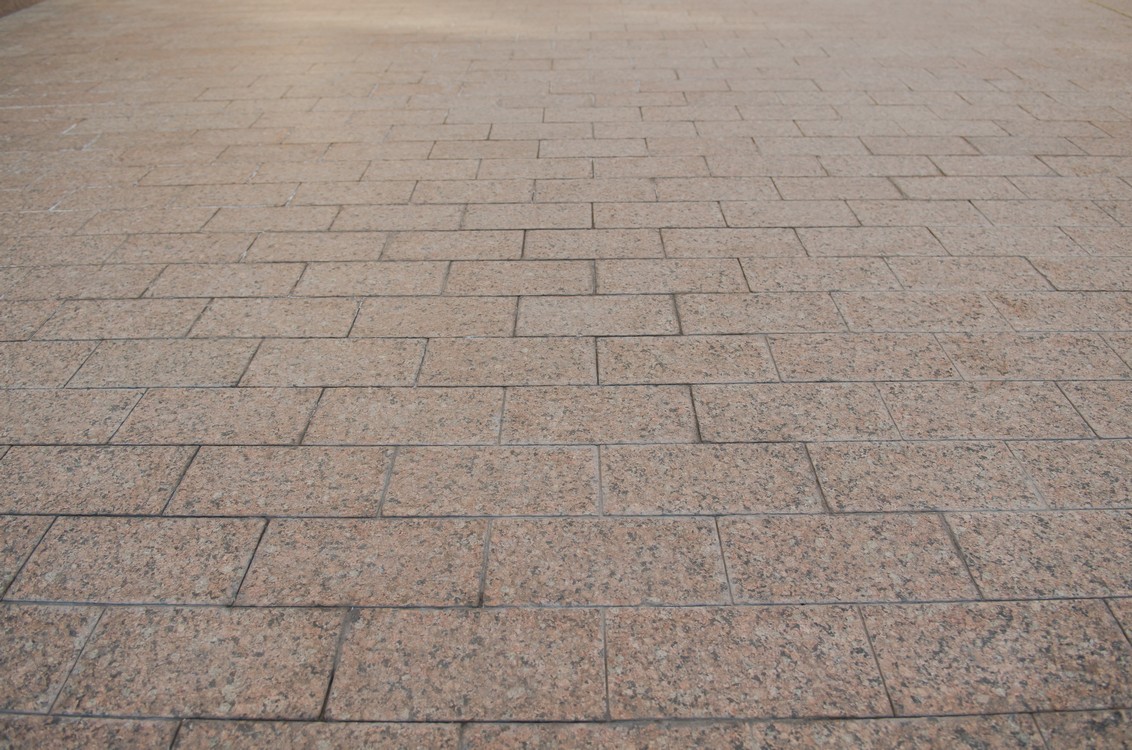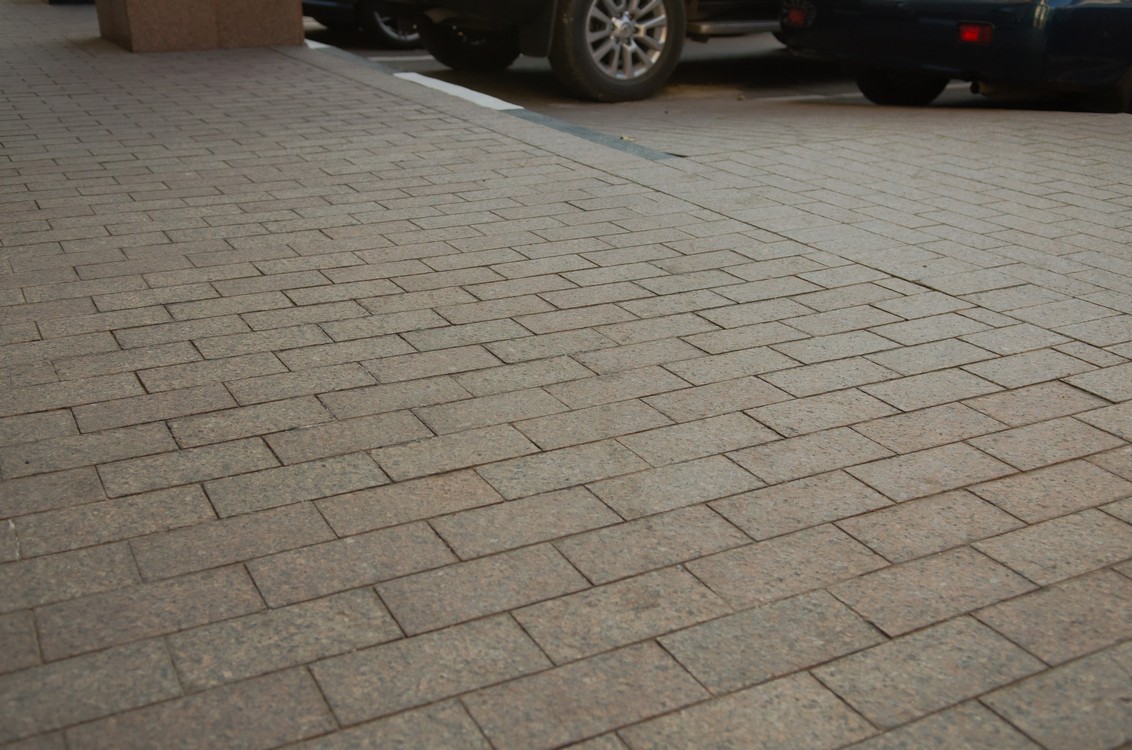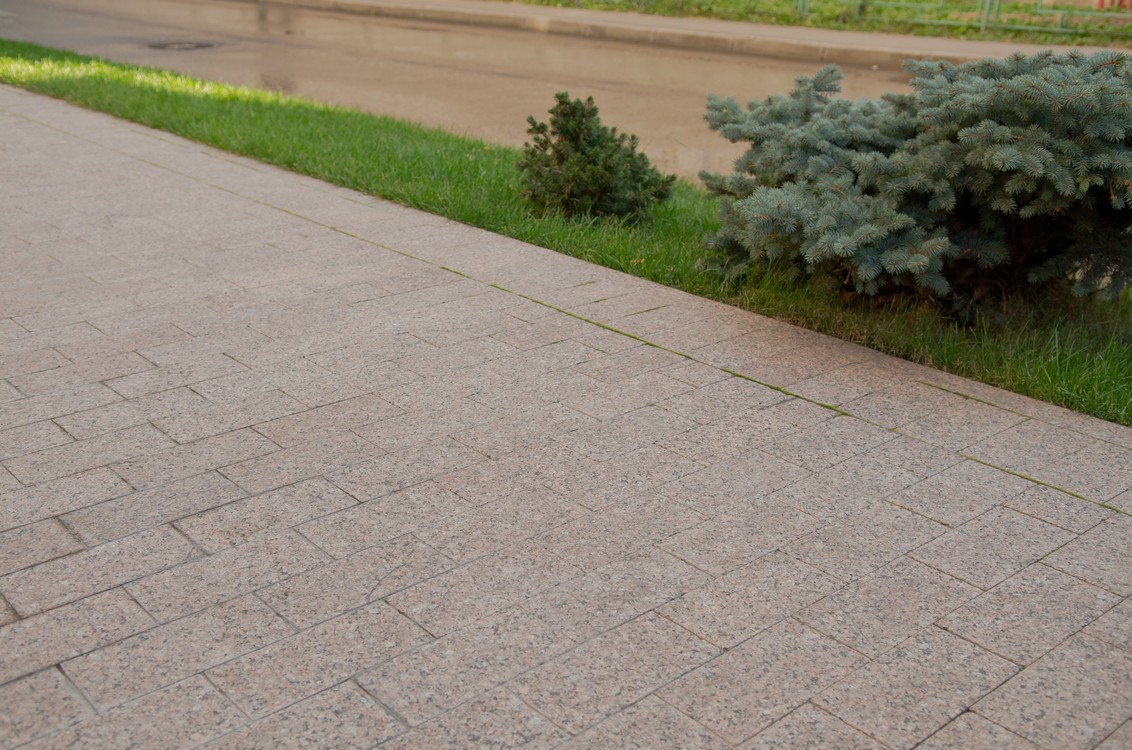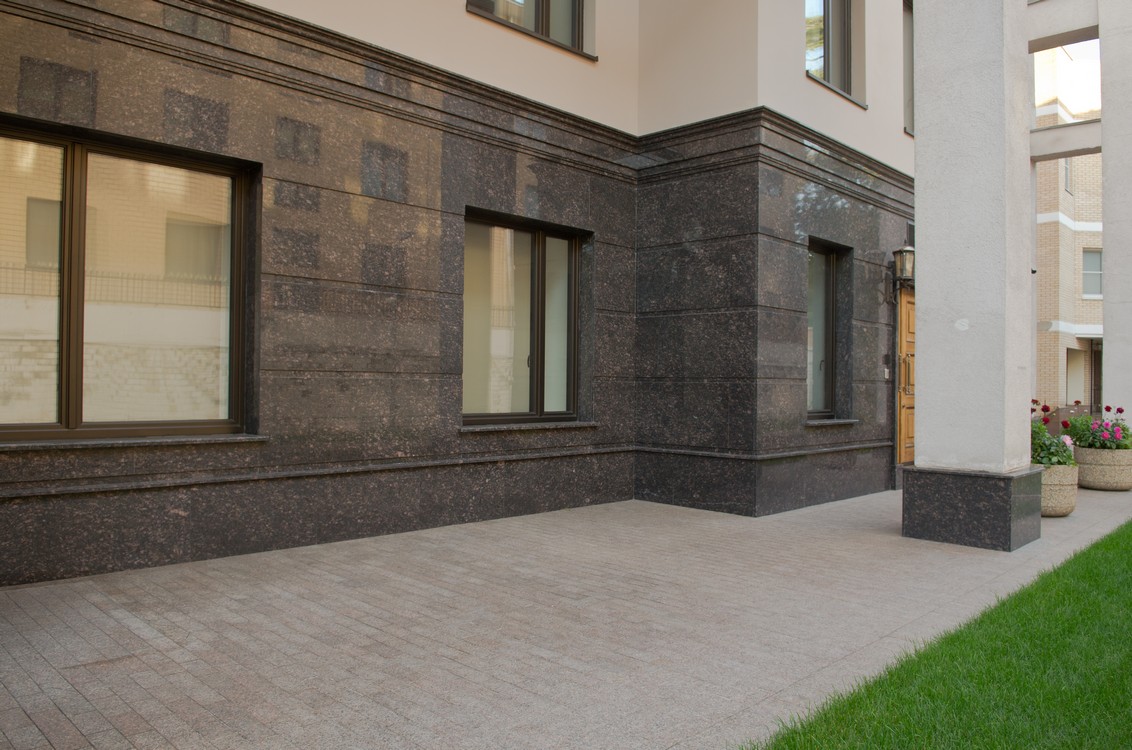Paving slabs and paving stones
About the product
Cobbles - flat rectangular (or other forms) bars of natural stone of approximately the same shape and size, from which a solid pavement is formed.
Paving slabs are products made of natural stone used to form a solid covering of sidewalks, paths, sites and facing of walls and socles of buildings, which differ from pavers in large sizes. The face surface of the paving slabs, as a rule, undergoes heat treatment.
Roads paved with natural stone, always look great. They are able to transform the garden plot and emphasize the dignity of the surrounding landscape.
Along with this, in addition to high decorative qualities, natural stone paving has other advantages, among which:
Simplicity of laying, which does not require additional costs for the services of workers;
Long service life;
High frost resistance.
Ecological compatibility
Use natural stone can be used for road paving on sections of any size and shape, as well as in any landscape design.
Natural stone is considered an elite material
During the service, the natural stone is almost not modified.
Unlike materials of artificial origin, natural stone is not affected by low and high temperatures, it is not deformed and does not crack under their influence.
The paving of garden paths with natural stone can occur in one of two ways:
Laying material on a sand cushion;
Laying of material on a concrete mix.
In the first case, the sequence of laying a natural stone is as follows:
A shallow trench breaks out, the width and length coinciding with the contours of the future path;
The bottom of the trench is covered with a layer of crushed stone no more than 10 cm thick;
A sand cushion is poured onto the rubble;
The path is formed with the help of the most natural stone;
Stitches are sealed with sand;
The coating is watered.
In the second case, the sequence of actions is as follows:
At the level of the boundaries of the future path, a trench is formed;
In the trench, layers of crushed stone and sand are alternately stacked;
Mounted formwork, in which concrete is poured;
After drying, the formwork is dismantled;
Sand is poured into the received form;
A natural stone is laid on the sand layer;
The seams are filled with sand;
The coating is watered.
Despite the constant development of the construction industry, the emergence of new artificial materials and technologies, natural materials are still considered the most valuable.


